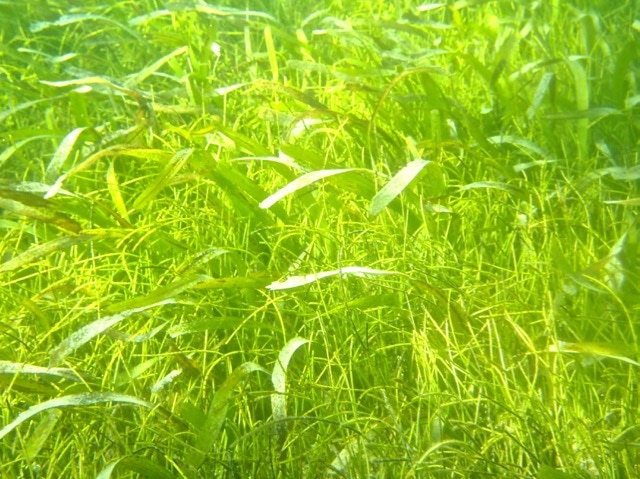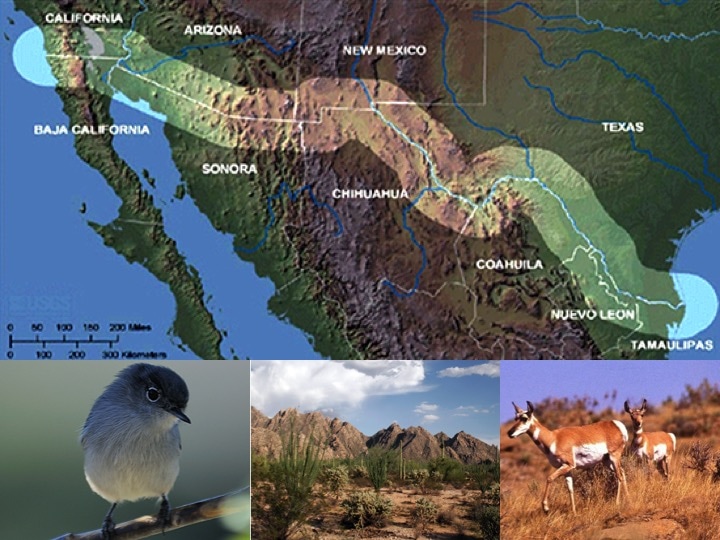|
There’s a new reason to value seagrasses, and to include them in coastal restoration and mitigation- human health. Seagrasses reduce the abundance of disease causing pathogens.
Seagrasses are know as vital nurseries for commercial fish, for their abilities to maintain beach sand, and are emerging as valuable assets in the blue carbon economy. In tropical waters, like the Caribbean Islands, they are closely associated with coral reefs and sea turtles and conch. Seagrasses have been in decline globally often associated with coastal development, including marinas and dredging of their habitat for ship channels. In many States and island nations seagrass restoration has been required to mitigate damage or carried out by conservationists and or homeowners seeking to protect their property A peer-reviewed study just published in Science* a team of scientists found that seagrass may benefits that we had not fully realized- human health. In a peer review study recently published in Science a team of researchers found that
How can this information make a difference? Seagrass establishment can be incorporated into mitigation and restoration. For instance, 1. Seagrass Restoration in polluted areas - - Seagrass can be successfully restored- there are several methods that that proven to work. For those involved in coastal and salt pond restoration, especially in areas of runoff or that are adjacent to septic issues, adding sea grass restoration could make the difference between healthy and unhealthy waters and beaches. 2. Coral Restoration: All around the tropics communities and governments are working to restore coral reefs and to stem the loss of existing corals. Disease is a major factor in coral decline. Choosing restoration sites that are adjacent to coral reefs, or restoring seagrass adjacent to reefs could vastly increase the potential for coral recovery. J. Lamb et al, Seagrass ecosystems reduce exposure to bacterial pathogens of humans, fishes, and invertebrates Science 17 Feb 2017: Vol. 355, Issue 6326, pp. 731-733 DOI: 10.1126/science.aal1956
4 Comments
A little known Act could upend environmental protection in favor of border wall construction and trigger a cascade of consequences in the US. As a US delegation arrives in Mexico City, the 1,900-mile border wall is on everyone’s mind. Issues focus on cost -a recent report estimated it could be as high as $21.6billion- construction and who will ultimately pay. The border environment, mostly overlooked in the furor, is the wild card. It could be the most important one.
The US-Mexico border region is straddled by rich ecosystems like the Sonoran Desert and the Rio Grande Valley and is home to species that, unaware of national boundaries, move freely throughout their ranges. The US Fish & Wildlife Service estimates that building the wall will further threaten 111 endangered species and 108 migratory bird species. It will divide four wildlife reserves on the US side and several others on the Mexican side. Jaguars, bighorn sheep, ocelots, and bears are among the cross-border species at high risk. Scientists are concerned because splitting habitats and isolating populations promote a decrease in genetic diversity associated with higher risk of diseases and epidemics. Isolation raises extinction risks due to small population size. It also creates conditions for genetic divergence between isolated populations. There is much at stake for the border environment. Here is where I’d normally cite the Endangered Species Act, (ESA), Environmental Impact Assessments (under NEPA) and other regulations as ways to balance the needs of environment, natural resources and construction. But not so. In 2005 the little known REAL ID Act was signed into law. Designed to govern the kinds of official IDs accepted by US government to combat terrorism, it contains a provision allowing waivers of any and all laws that interfere with construction of physical barriers at the borders, and that are necessary to ensure expeditious construction of the barriers and roads. Waivers are at the discretion of the Secretary for Homeland Security. ESA, NEPA, and at least 35 other environment-based statutes can be and have been waived for previous border infrastructure. In 2007 waivers were used to speed up construction of a 35-mile wall adjacent to a Cabeza Prieta National Wildlife Refuge in Arizona, where multiple agencies have worked cooperatively to recover Sonoran Pronghorn, causing concern that the achievements could be undermined. In April 2008, more than 30 laws were waived to complete 450 miles of border infrastructure along Texas, New Mexico, Arizona and California. Even if the environment is disregarded, the resulting environmental effects of a massive border wall are likely to ensnarl existing and future projects in the US, and blindside interested parties. Decisions under laws like ESA often take account of the abundance of and threats to species and habitats in nations adjacent to the USA. A wall dramatically alters the situation, putting greater burdens on federal and state agencies to account for the resulting isolation in managing cross-border species affected by barriers. In 2014, the Pacific Legal Foundation filed a petition to delist the threatened California Gnatcatcher, arguing that the bird is not a true subspecies. The filing was based on DNA evidence indicating that gnatcatchers, which are scarce in California, are not genetically distinct from the abundant populations of gnatcatchers south of the border in Mexico. The plaintiffs argued that this warranted removing ESA protection. The bird has been a thorn in the side of developers and others in Southern California since it was listed in 1993. (It remains listed). A similarly based petition has been filed to delist the SW willow flycatcher which breeds in several border states and in Northern Mexico Genetic similarity within populations of a species is based on an ability to move and breed freely with other individuals in the absence of a barrier. A wall can change that. In other words, a barrier will create exactly the kinds of risks that warrant listing and protections of species that become isolated. The Mexican genetic argument used goes out the window with a wall. The REAL ID Act has been used to erect barriers along sections of the US-Mexico border without environmental review. It was never intended for such a huge project like Trump’s Wall. Environmental groups and others anticipating disastrous and undocumented environmental harm under the REAL ID Act, and fearful of greater ecological damage under the current administration are already galvanizing. As an independent consulting scientist, I facilitated solutions to environmental wars that waged in the USA on endangered species, forestry and land use. Battles, often bitter and costly, had until now diminished from peaks reached in the early 2000s. The REAL ID Act gives almost absolute power over the fate of species and natural resources to a political appointee and that raises deep concern. The border wall may triggers a new cascade of legal and other environmental actions. Scientists and environmental lawyers need to be strategic and ready. Reproduced with permission from Huff Post Image: US-Mexico Border, threatened California Gnatcatcher, Sonoran Desert, Pronghorn (courtesy USGS, USFWS, R Pierwotny- desert (wikipedia). |
AuthorDeborah Brosnan Archives
December 2019
|



 RSS Feed
RSS Feed